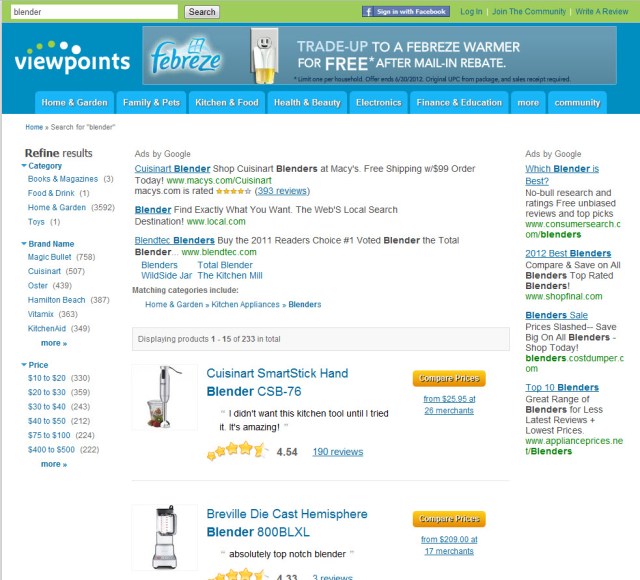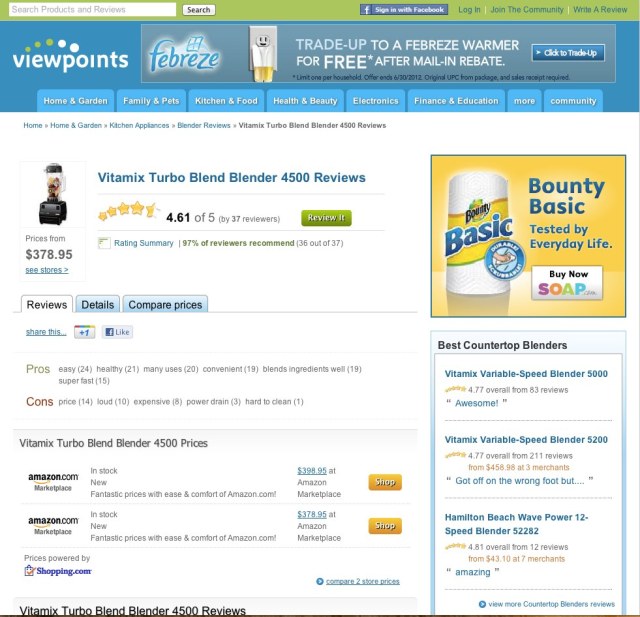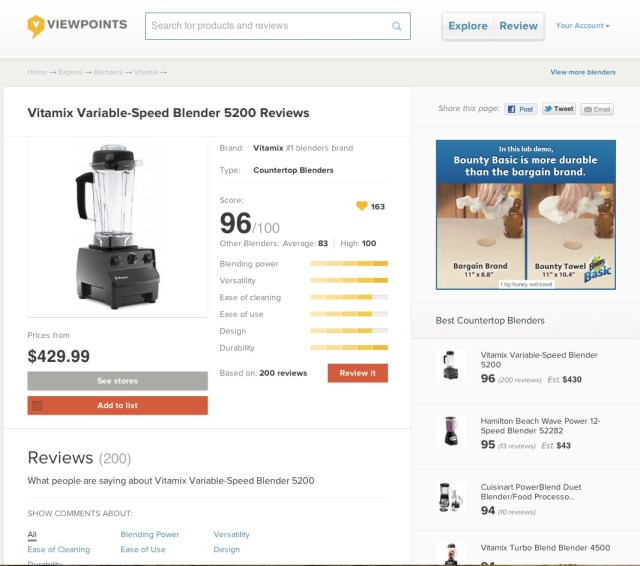Having a website is a must, if you want to establish and build a successful business—large or small.
Creating the perfect website isn’t an exact science, but a few guiding principles will help you attract and retain an audience of loyal customers and clients.
To find out how to make your website stand out, we spoke with Ron Wright and Tony Escobar. Wright has helped businesses build a solid Web presence since 1998 at
Accentix. Escobar is a 25-year-old entrepreneur who helped launch
AMTG Solutions to provide web services to small businesses.
Escobar says you need to make your business stand out and get your visitors to act. Refining your website in a few key ways helps you present the best product to your online clientele.
Quality contentContent is the most important foundational element of any small-business website.
If you're selling a product or service, offer enough information about that product or service that prospective customers understand what it is. They should also be enticed to buy it, based on the function you describe or the need your product satisfies.
“The whole point of the website is to get visitors to contact the company, make a purchase or visit your location,” Escobar says, and that hinges on its content. “A good site provides users the exact content the company wants them to act on.”
All the text on your site must be written well. If writing isn't your thing, Wright suggests leaving it to a professional by contracting out the work to a freelance copy writer. It might seem like a big up-front cost, but it's actually an important investment to make.
Clear vision of the audienceWithout a keen awareness of who your ideal customers are, it's hard to properly tailor your content and website to appeal to them.
Small-business owners often don't narrow their focus enough.
“I always try to counsel my clients to consider who the visitor is and then give that visitor a clear path on what to do next,” Wright says. That’s hard to do if you’re targeting too broad an audience.
KeywordsIt's important to understand what search terms and keywords drive visitors to your site. That way, you know which words to use when you describe your products or services to maximize page traffic.
Google, for example, uses a
keyword-based algorithm to rank search results. There are tools to help you understand whether you're taking proper steps to capitalize on that.
You can advertise your business on Google using
Google AdWords. It has a feature that helps you find out if your keyword choices are on-point or off the mark. Additionally, analytics software like Google Analytics allows you to see which search terms and other Web pages steer people to your site.
By taking stock of that data and regularly monitoring it, you can build comprehensive strategies that will help search results tip in your favor.
A clean, readable lookAesthetics are subjective, Wright and Escobar agree, but designing a website according to your own tastes is a big mistake. Instead, keep these few guidelines in mind.
First, be professional and have a look to match. You want people to take your company seriously? Then invest in a site that looks legitimate. Unless you're a savvy site-builder, hire a consultant. Your website is the image you're sharing with a whole world of potential customers. Make it good.
"Any hint of being outdated or having an unpleasant design can be a major turnoff for prospects," Escobar says. "After all, small businesses are not alone, they have to compete with the guy next door. The company that provides the best first impression usually gets the sale."
Second, don't overwhelm. Lots of graphical additions and colorful sections on your site looks messy and confusing. Keep a streamlined approach and focus on simplicity.
Simple navigationA comprehensive (but to-the-point) sidebar that displays each of your pages' offerings is the easiest way to shepherd visitors to the various parts of your site without frustrating them.
Keep it simple and straightforward, Escobar says. For example, say "About" instead of "About Our Office" to avoid clutter and confusion.
About your companyThe autobiographical section of your website, the About tab, is a crucial trust-builder and attention-grabber.
This page should never be generic, Wright says. It's a history of your company that details who you are and what you do, written in a tone that matches your company's culture. Include personal bios of your top management staff. That gives a sense of transparency and openness to what you do and fosters connection with prospective customers.
"People are not as concerned with what you do as who you are," Wright says, noting that the About sections of a website are among the most-read.
Contact us any way you wantContact information tells your customers you are reachable and at their service, whenever they might need you.
Don't be shy about listing ways to get in touch across platforms and devices, Wright says. It gives the best impression of accessibility and engagement when you offer e-mail, phone, mail and
social media options.
Escobar suggests going a step further and including contact information at the footer of each individual page, where visitors are accustomed to finding general information.
Social media integrationBuilding in social media, like your Twitter and Facebook feeds, to your website helps boost your engagement on those platforms and allows you to more easily keep in touch with your customer base, Escobar says.
He suggests adding social icons in the main navigation bar and in the page footers.





























